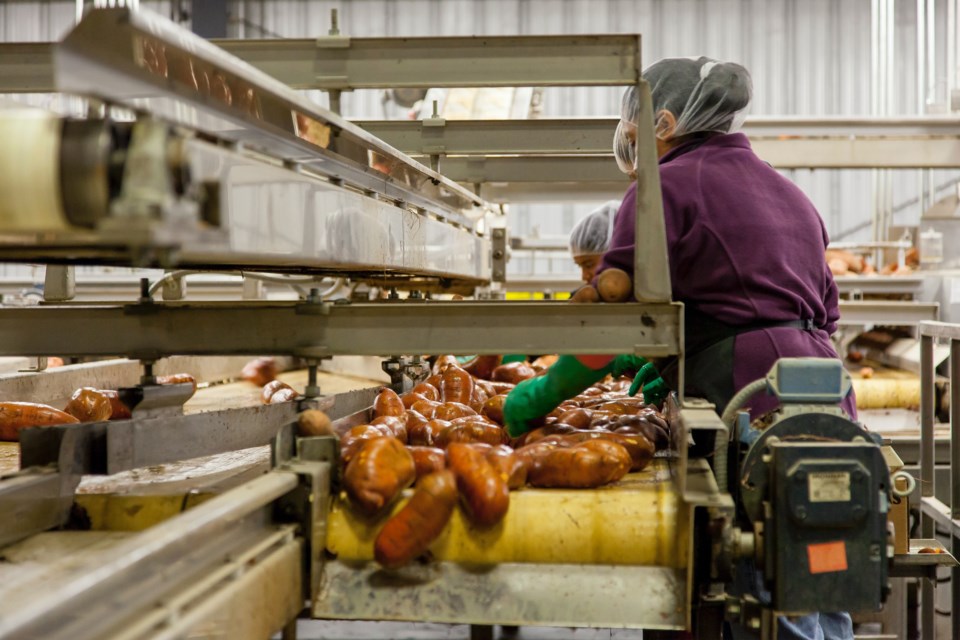Efforts are underway to develop a workforce strategy to address a growing labour and skills shortage facing Canada’s agriculture and food processing industries.
Partners on the initiative include the Canadian Agricultural Human Resource Council (CAHRC), the Future Skills Centre (FSC), the Canadian Federation of Agriculture, and Food and Beverage Canada.
“The agriculture and food and beverage manufacturing sector must address these ongoing labour challenges in order to remain viable and competitive,” said Paul Glenn, CAHRC’s chair, in an Oct. 13 news release.
“As a significant contributor to the economic health of Canada, it is essential that there be a sufficient, predictable, reliable, and skilled workforce in place to support the success of the sector. The need for this strategy has never been stronger.”
Want more business news about Northern Ontario? Subscribed to our free newsletter.
According to the CAHRC, Canadian food and beverage manufacturing businesses will face an employment gap of up to 65,000 people by 2025.
The council also found that farmers across the country lost earnings of $2.9 billion in 2020, which is equivalent to 4.2 per cent of the sector’s sales, which the council attributes to labour shortages as a result of the COVID-19 pandemic.
In the first year of the two-year project, researchers will identify gaps in programming and services, making recommendations about new programs and tools that are needed.
During the second year, the group will develop the National Workforce Strategy for Agriculture and Food and Beverage Manufacturing in collaboration with industry associations, government, and education stakeholders.
“The strategy will outline a vision for the future, priorities, and stakeholder commitments, then map out the actions and tools needed based on the research findings,” noted the CAHRC.




